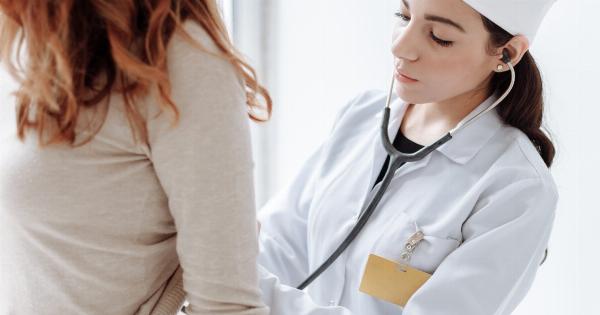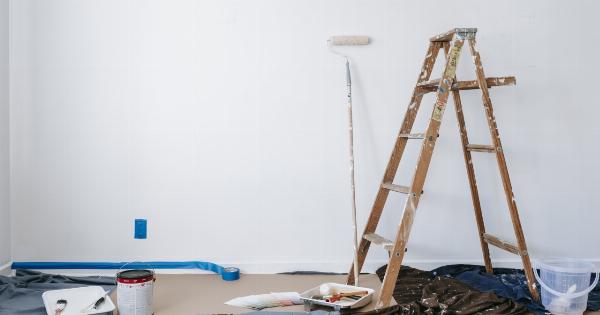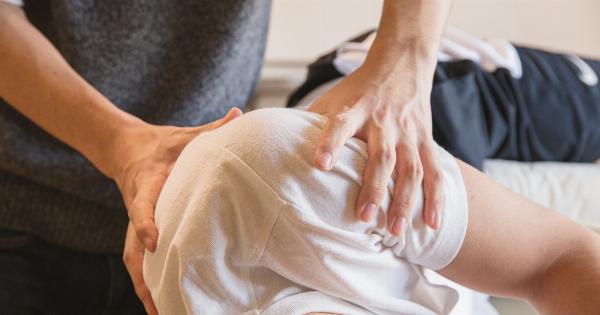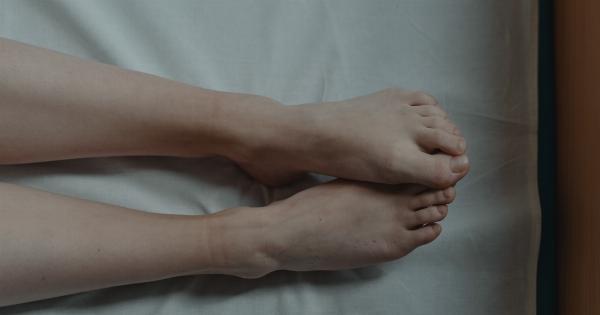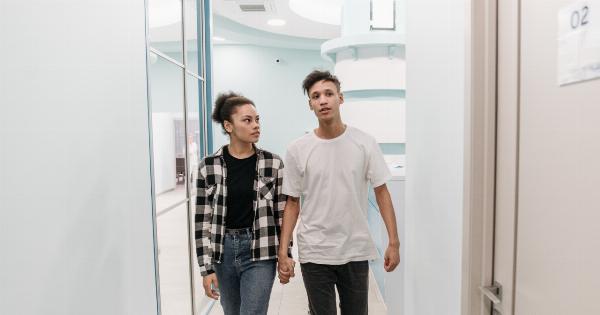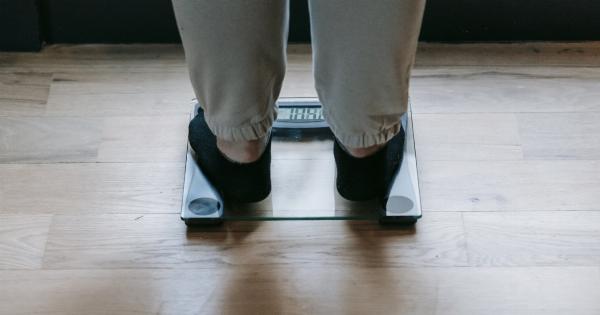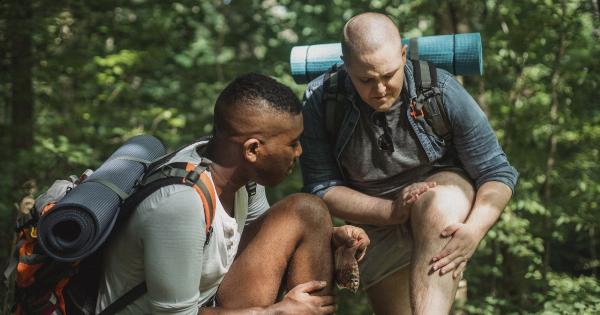Scoliosis is a condition that affects the curvature of the spine. It is characterized by an abnormal sideways curvature, giving the spine an ‘S’ or ‘C’ shape.
It can occur at any age, but it commonly develops in adolescence during the growth spurt. Scoliosis can cause physical deformity, pain, discomfort, and in severe cases, it can even affect the functioning of the heart and lungs. Early diagnosis and appropriate treatment are crucial to prevent further progression and complications.
Types of Scoliosis
Scoliosis is classified into different types based on the cause and age of onset. The main types include:.
1. Idiopathic Scoliosis
Idiopathic scoliosis is the most common form and has no known cause. It often develops during adolescence and affects both girls and boys. This type is further subcategorized as:.
- Infantile idiopathic scoliosis – occurs in children younger than 3 years old.
- Juvenile idiopathic scoliosis – occurs between 3 and 10 years old.
- Adolescent idiopathic scoliosis – occurs between 10 and 18 years old and is the most common type.
2. Congenital Scoliosis
Congenital scoliosis is present at birth and occurs due to abnormal spinal development during fetal growth. It is often caused by malformations of the vertebrae. Surgical intervention may be required to correct this type of scoliosis.
3. Neuromuscular Scoliosis
Neuromuscular scoliosis is associated with underlying neurological or muscular conditions such as cerebral palsy, muscular dystrophy, or spinal cord injury. The abnormal curvature is a result of muscle imbalances, weakness, or paralysis.
Treatment for this type of scoliosis aims to manage the underlying condition.
4. Degenerative Scoliosis
Degenerative scoliosis develops as a result of the wear and tear on the spine associated with aging. It usually occurs in adults and is caused by degenerative changes and the weakening of spinal structures, such as discs and joints.
Treatment for degenerative scoliosis focuses on managing pain and maintaining functionality.
Diagnosis of Scoliosis
Early detection of scoliosis is crucial to prevent further progression and complications. Routine screening is often done during school years, but it can also be diagnosed during a physical examination with a healthcare professional.
Some common diagnostic methods include:.
1. Adam’s Forward Bend Test
This test involves bending forward at the waist while the examiner looks for any asymmetry or abnormal curvature.
2. X-rays
X-rays help visualize the spine and measure the degree of curvature. They provide a clear picture of the spine’s structure and aid in determining the appropriate treatment plan.
3. MRI or CT Scan
In certain cases, further imaging tests like MRIs or CT scans may be required to assess the spinal structures and detect any underlying abnormalities.
4. Measurement of Cobb Angle
The Cobb angle is measured on X-rays to determine the severity of scoliosis. It measures the angle between the most tilted vertebrae at the top and bottom of the curve.
Treatment Options for Scoliosis
The treatment plan for scoliosis depends on various factors including the age of the patient, severity of the curve, and potential for further progression. The main treatment options include:.
1. Observation
If the curvature is mild or the patient is skeletally immature, regular monitoring may be recommended to assess any changes in the curvature. Observation may involve periodic X-rays and physical examinations.
2. Bracing
In moderate scoliosis cases, bracing can be prescribed to prevent further progression of the curve. The brace applies corrective force to the spine and is typically worn for several hours a day.
The type and duration of bracing vary depending on the individual case.
3. Physical Therapy and Exercise
Physical therapy and targeted exercises can help improve posture, strengthen muscles, and increase flexibility. These exercises may help alleviate pain and reduce the risk of further curvature progression.
4. Surgical Intervention
In severe and progressive cases, surgery may be required to correct the curvature. Spinal fusion is the most common surgical procedure, where the vertebrae are fused together using bone grafts, rods, screws, or hooks.
Surgery aims to stabilize the spine, correct the curvature, and prevent future progression.
Living with Scoliosis
Scoliosis is a lifelong condition, and proper management is essential to minimize its impact on daily life. Here are some tips for living with scoliosis:.
- Practice good posture and body mechanics to reduce strain on the spine.
- Engage in regular physical activity and exercises that strengthen the core muscles.
- Follow a balanced diet and maintain a healthy weight to reduce stress on the spine.
- Attend regular check-ups and follow the recommended treatment plan.
- Seek support from scoliosis communities and organizations to connect with others facing similar challenges.
- Use appropriate ergonomic equipment and ensure a comfortable workplace or study environment.
Conclusion
Scoliosis is a condition characterized by an abnormal sideways curvature of the spine. Early diagnosis and appropriate treatment are essential in managing scoliosis and preventing further complications.
With advancements in medical technology and treatment options, individuals with scoliosis can lead fulfilling lives by adopting proper management strategies and seeking ongoing support.

